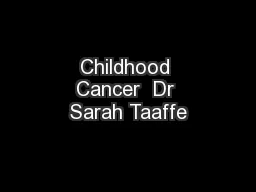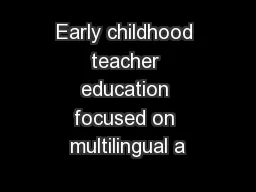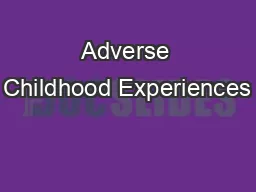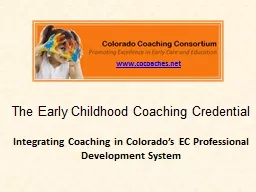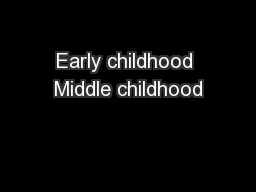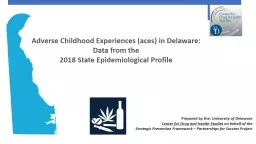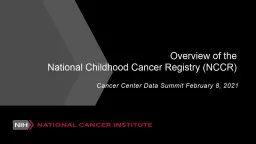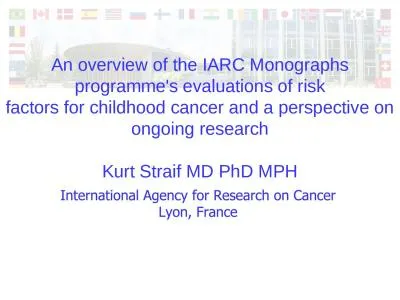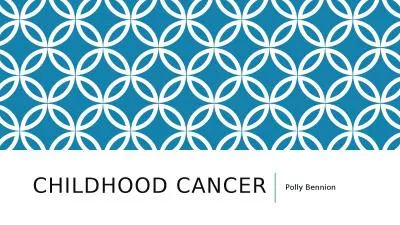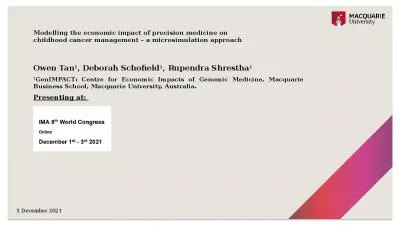PPT-Childhood Cancer Dr Sarah Taaffe
Author : imetant | Published Date : 2020-06-17
ST4 Commissioning Fellow Grace Kelly LadyBird Trust RCGP Child and Young Persons Cancer Elearning Session Background Why this topic What types of cancer affect
Presentation Embed Code
Download Presentation
Download Presentation The PPT/PDF document "Childhood Cancer Dr Sarah Taaffe" is the property of its rightful owner. Permission is granted to download and print the materials on this website for personal, non-commercial use only, and to display it on your personal computer provided you do not modify the materials and that you retain all copyright notices contained in the materials. By downloading content from our website, you accept the terms of this agreement.
Childhood Cancer Dr Sarah Taaffe: Transcript
Download Rules Of Document
"Childhood Cancer Dr Sarah Taaffe"The content belongs to its owner. You may download and print it for personal use, without modification, and keep all copyright notices. By downloading, you agree to these terms.
Related Documents

